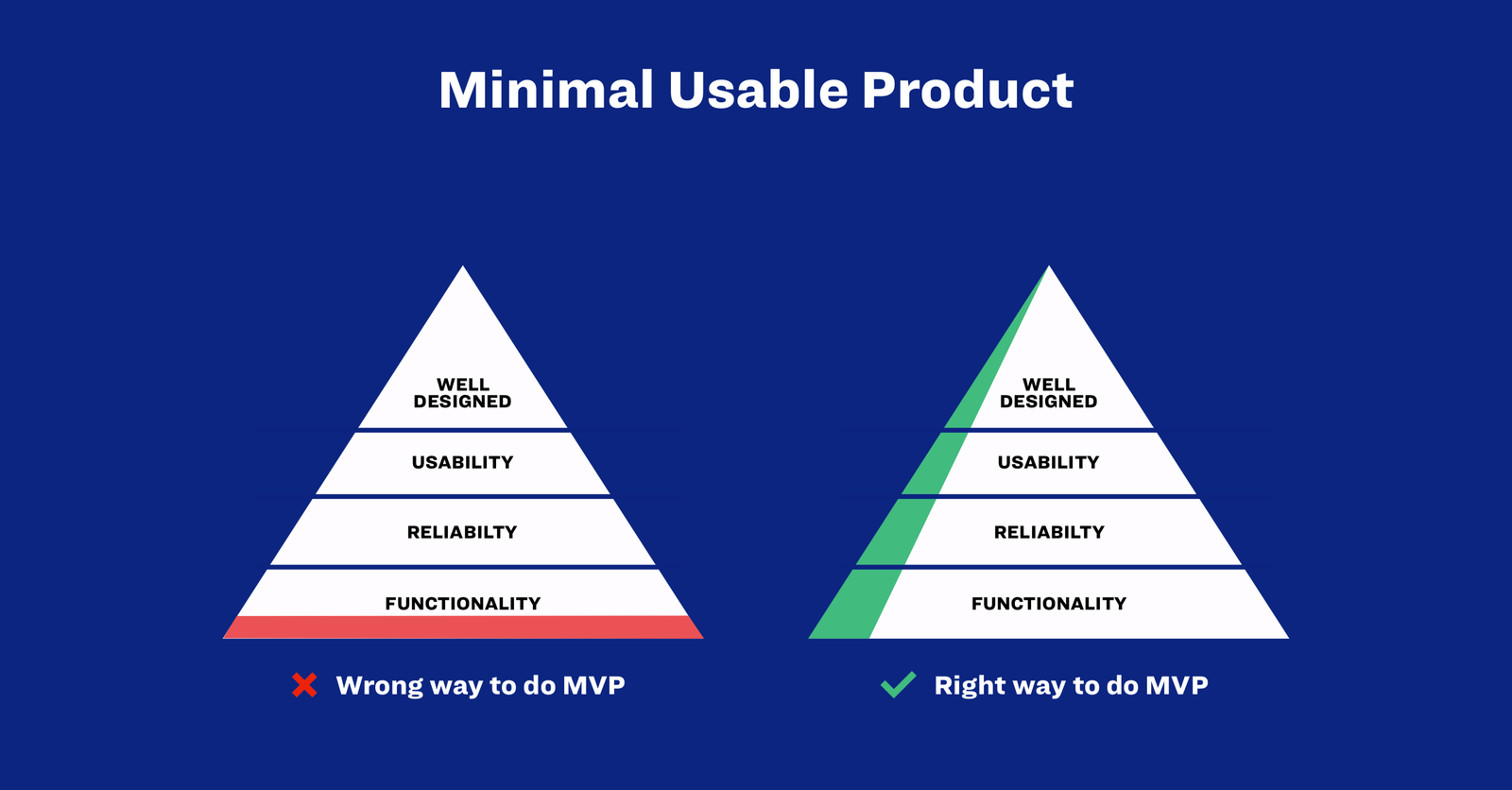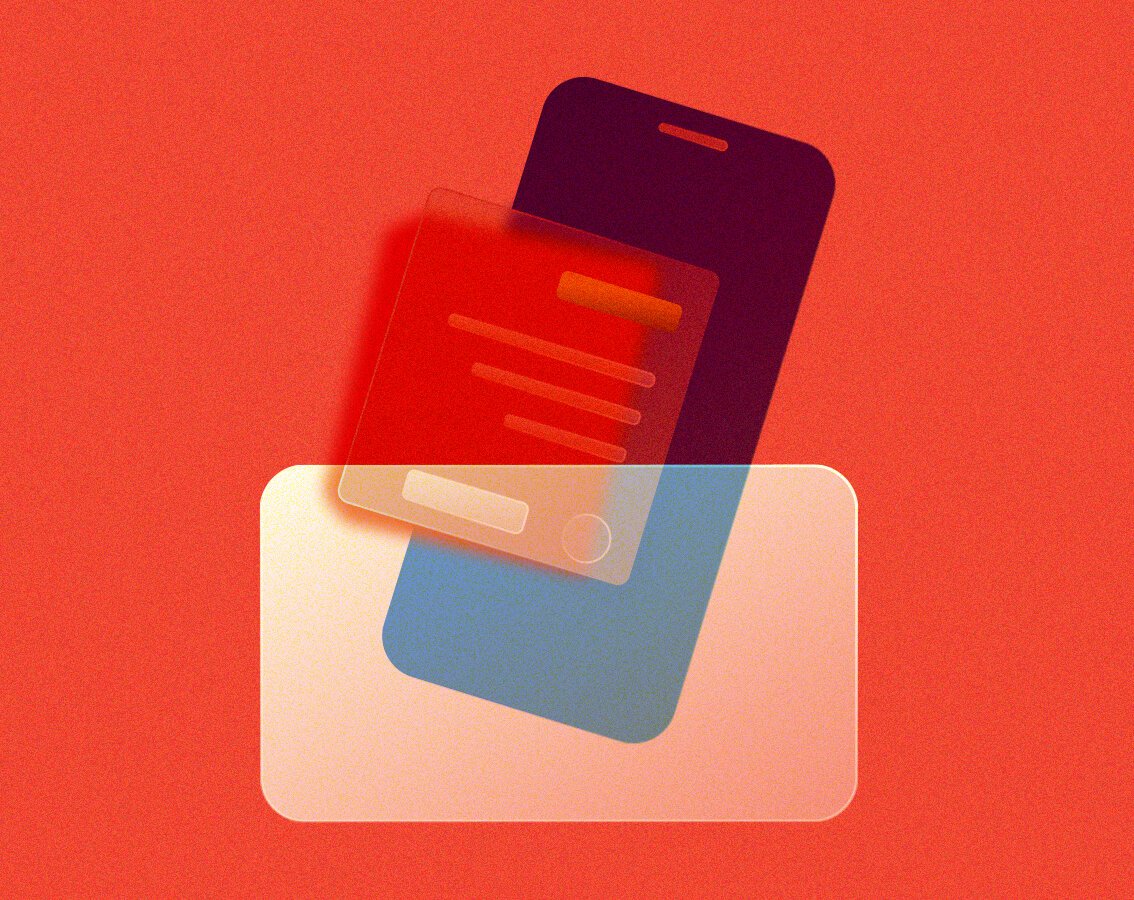blog
How to Get Started with Digital Product Strategy for Your Business
By Nav Pawera Software development March 1, 2019
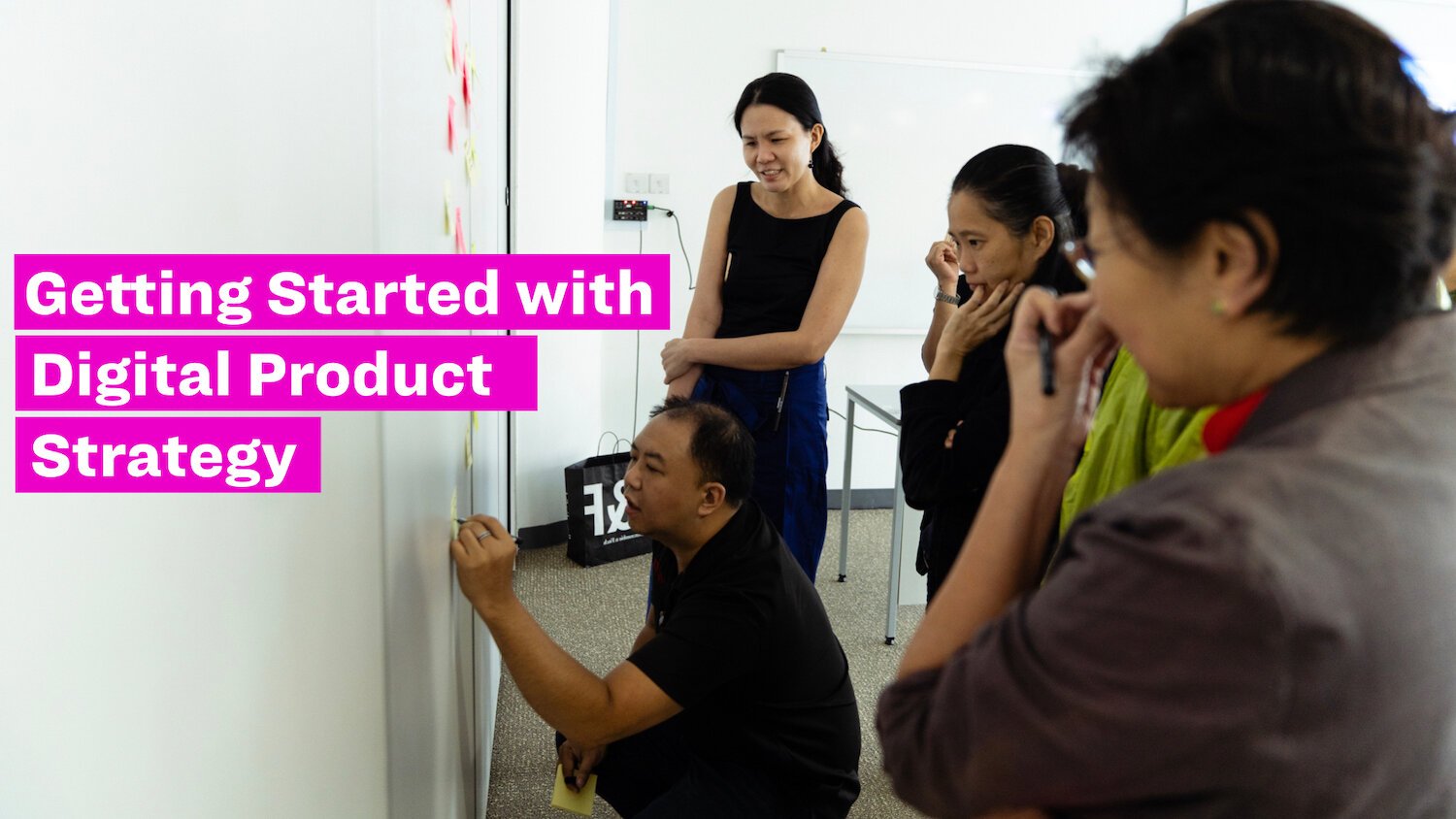
Developing a successful digital product involves more than just technology and ideas; it necessitates a robust "digital product strategy." It involves a thorough market research, competitor understanding, potential customer engagement, and precise market positioning. Integrating these elements with a sustainable business model and enduring marketing plan enables the launch of a product that gains customer approval and usage.
Now more than ever, it’s essential for businesses to consider digital transformation and get started with their digital product strategy. The most common reason why businesses decide to offer a digital product is that they’re a new company and want to make sure they start out right, offering an easy way for customers to find them.
The second reason is that existing businesses want to add value to their product or service in order to remain successful against their competitors and sustain their growth.
The third most common reason businesses embark on a digital overhaul is to optimize their internal workflows, which is especially important for those in the B2B field.
Building a digital product can be costly and
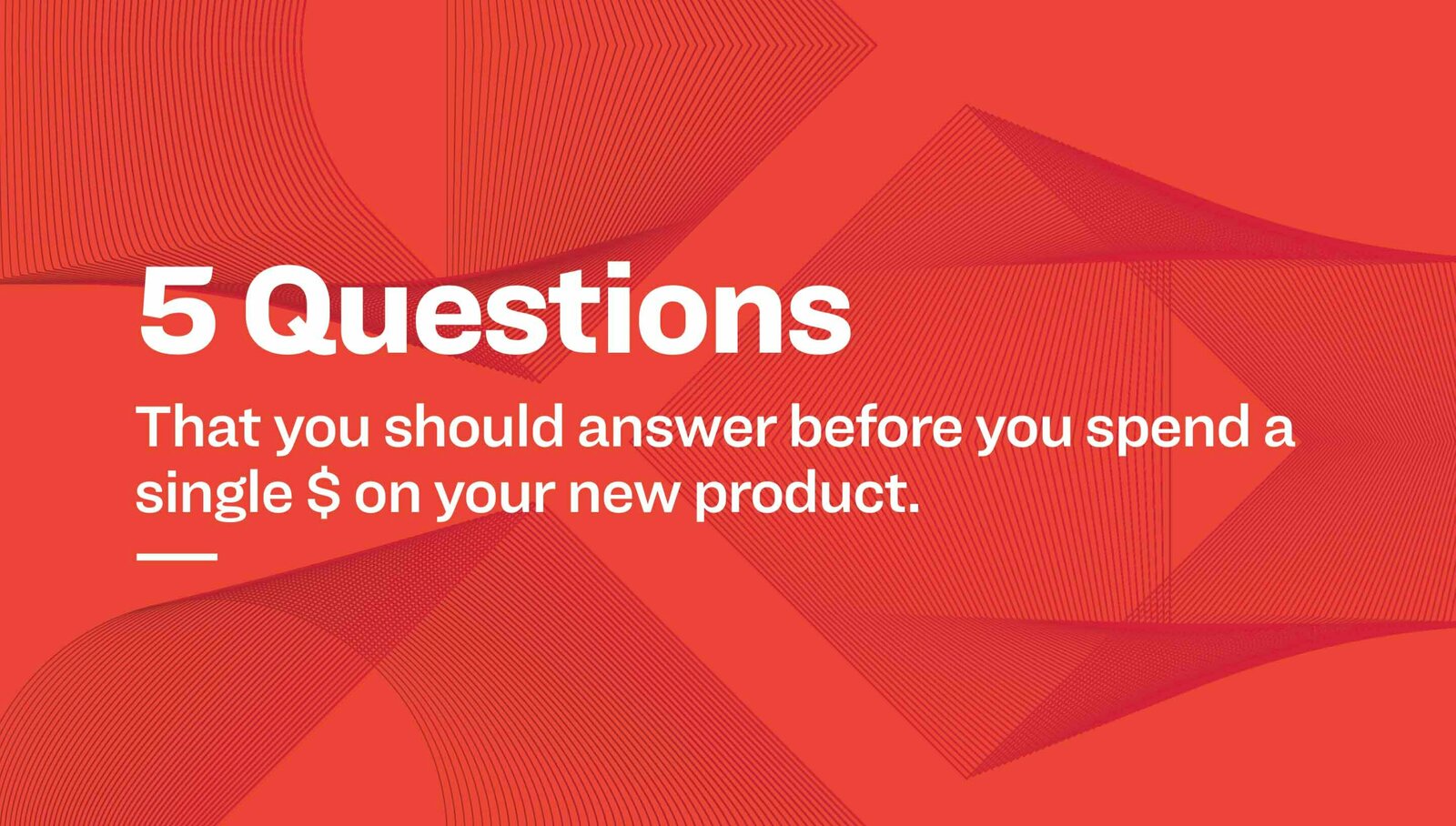
Creating Your Digital Product Strategy: 5 Important Questions to Ask
1. What are your goals?
Think long and hard about this. An effective goal, for example, would be to grow sales by 50% over the next six months. Or, if you’re a brick and mortar business whose clientele doesn’t really shop online, your digital product could be more for internal uses, like automating processes or improving communication.
As a good example, you may want to optimize the way sales information is logged so that when a customer comes in, you can quickly type in their information and generate their sales history, how often they shop with you, how much they spend, and use this to understand your customer more and tailor a unique experience to them.
2. Who are you building it for?
The key thing to remember here is that you’re not building the product for absolutely everyone. If you try to do this, your product will be too broad and will ultimately flounder, or not be as successful as it could be.
Be specific. Are you targeting university students? People in their 30’s? Residents of a particular community? Parents? If you already have a business, take a look at your last six month’s sales to determine who the majority of your customers are and focus on that group. If you’re a new business, do some research to find out who your competitors’ customers are, then you can base your target audience on that.
You should also use the 80/20 rule when considering your market. 80% of your customers will be relatively easy to get, the other 20% more difficult. Don’t make things harder for yourself, target the people in the 80% and create a ‘day one’ scenario. Who will be your first 100 to 1000 customers without any marketing efforts outside of your word of mouth? These are your target market.
Facebook is a prime example of nailing this technique. When Mark Zuckerberg first launched ‘The Facebook’ in 2004, he was very specific about who he was targeting. It was designed as a networking platform for people attending Harvard University. Once it became more popular, he expanded the platform to other campuses around the country, before officially letting the masses in. Had he just created this social network for everyone from the outset, it likely wouldn’t have been as successful as it was.
3. How will you measure success?
It’s important to associate metrics with goal setting, otherwise, how will you know if you succeeded? Think about your KPIs. If your goal is to increase sales 50% over 6 months and your current earnings are $10,000 per month, over six months you would be aiming for a total sales increase of $30,0000.
Financial goals are important for setting a realistic budget for your project. You’ll be able to see how much is worth investing to get your idea off the ground. Having a solid number in mind also aligns your thinking and gives you something to focus on.
4. What is your budget?
This can be the most difficult question to answer, especially when we don’t know how much something costs. However, if you work through the previous questions methodically, you will have a much more accurate idea of how much you want to invest.
Take the prior example. If the earning potential over the next six months is an extra $30,000, are you willing to make that investment into your business?
The crux with digital products however, is that costs aren’t always fixed, and you need to allocate your budget accordingly. For example, if you’re a brick and mortar business building a website to increase sales. You shouldn’t just throw the $30,000 dollars into the website alone.
There are different stages to implementing your digital idea, all of which need to be assigned funds; planning, execution and growth. The planning and execution stages are your ‘capital expense’ and the growth stage is considered an ‘operating expense’. The latter should be anything from 20-100% of your initial capital expense.

Putting money and time into planning can save you a lot of money in the long run. This planning process is comprised of creating your idea, assessing viability, solving any problems that may arise, seeing if it creates value, and, most importantly, testing it, to avoid problems later down the line. You should be allocating 10-20% of your budget to this stage.
The execution stage is designing the idea and its content, developing it, QA testing it and ensuring that it’s secure. 80-90% of your capital expense should be spent on this.
If you are building an app or a website, here’s an idea of the costs you can expect. Most companies fall into the medium sized range.
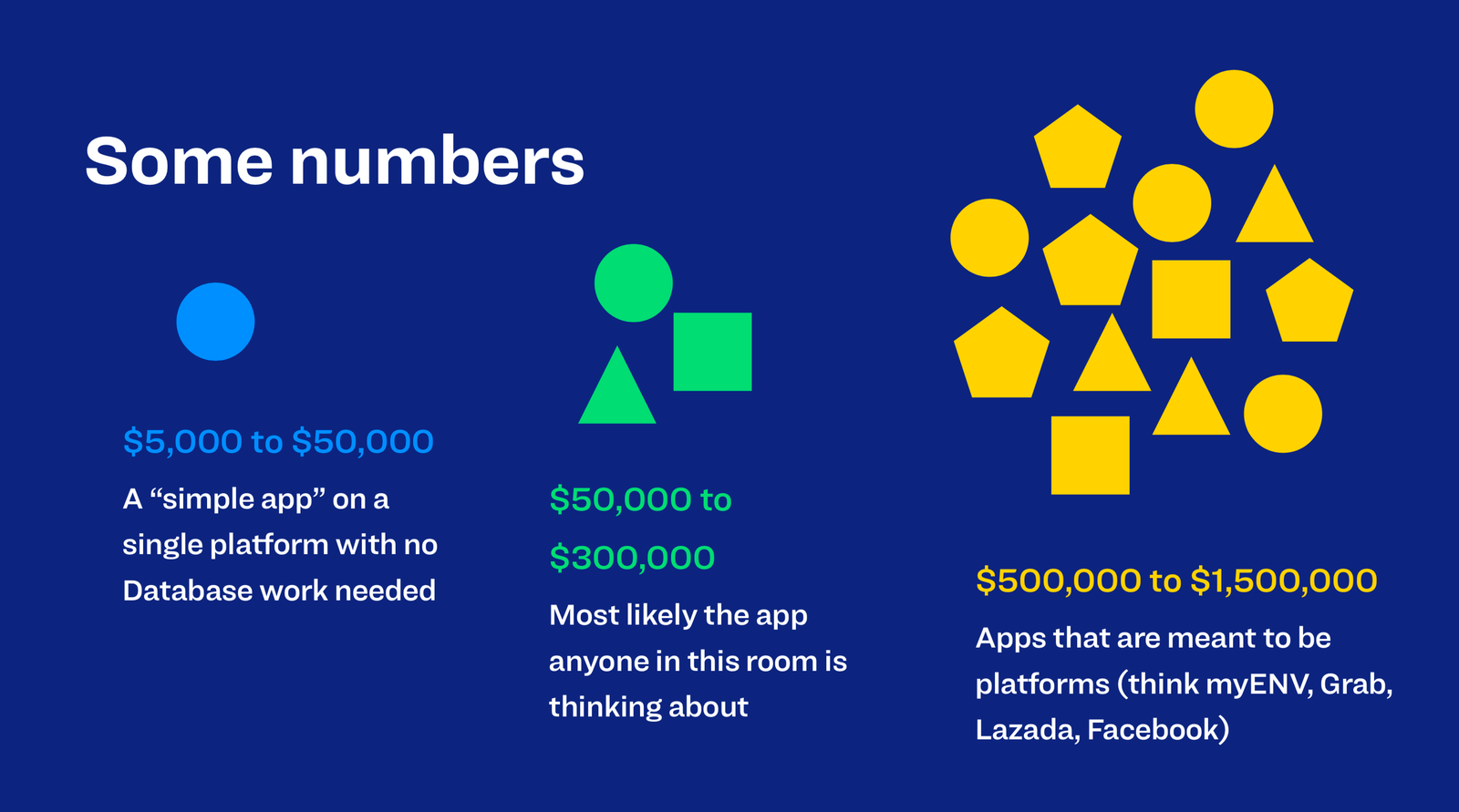
Websites are cheaper to develop than apps, as they’ve been around for much longer. Costs are usually around 30% less than what we see above.
Finally, the growth stage is where you take your completed product and market it to your target audience. It’s often the stage businesses forget to plan for budget-wise. Marketing will take up the majority of funds but there will also be other operating costs to consider including enhancements, maintenance costs, software updates, and revisions. You’ll get feedback on your product and will have to make changes. Take Barclay’s for example, when they launched their PingIt software to transfer funds via their phone, they forgot a key market – under 18’s, and had to go back and revise their product.
5. How much time do you have?
This final question is usually much easier to answer as many businesses are willing to compromise a little on time for a better quality of work. However, they usually have a rough idea on when they need a product by; for example, a major sales conference or event. Also, following the above steps means that you should automatically have some sort of timescale.
An important thing to consider though, is that following initial launch, a digital product is never quite finished. It’s best practice to work on a MUP (Minimum Usable Product) to get your product on the market ASAP and then develop it from there. This means you must decide what the most important parts of the product are and launch them, and then build your product across as seen below.
